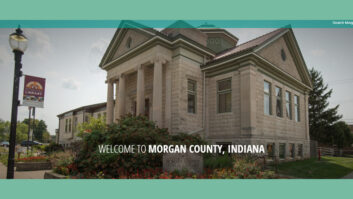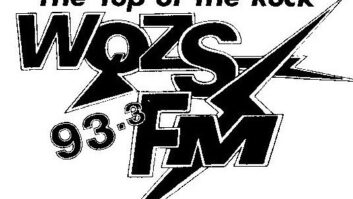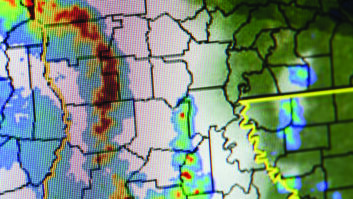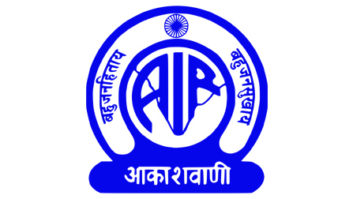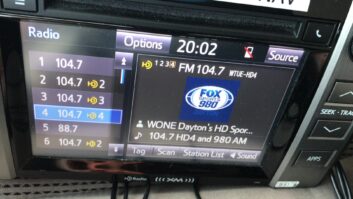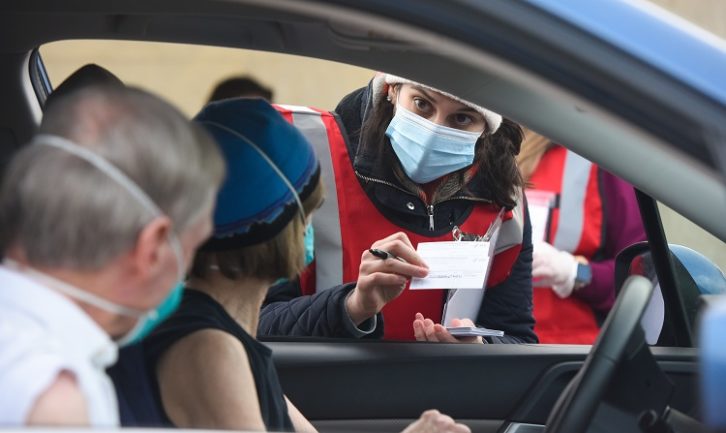
Traffic Information Stations, also known as Highway Advisory Radio systems, have been a fixture on American roads since the FCC authorized the 10 watt AM systems in 1977.
Forty-seven years later, TIS has found a new role as public health officials host drive-through vaccination clinics.
In January, the parking lot of Coors Field, home to the Colorado Rockies baseball team, was turned into a clinic for pre-selected Coloradoans age 70 and over.
It was organized and staffed by the UCHealth health care system and the University of Colorado School of Medicine working with the Rockies, the state of Colorado, the city of Denver, the Denver police and Verizon.
The logistics were daunting. Six lanes of cars had to be marshalled over 1.7 miles, then split to pass through 16 drive-through vaccination tents. The occupants were then directed to holding areas to wait for 15 minutes to detect any adverse reactions before they were allowed to drive away.
Making this happen required traffic cones, flag people and LED signs. But with 10,000 people scheduled over two days, something more was needed to communicate with the vehicles.
Organizers had done a pilot program a few days prior, in which 1,000 patients were vaccinated.
“One of the things we learned … was that signs were not enough,” said Bradford Fixler, UCHealth’s VP of marketing. “Then it hit us: What we needed was one of those low-power AM traffic stations that feeds you prerecorded messages as you drive by.”
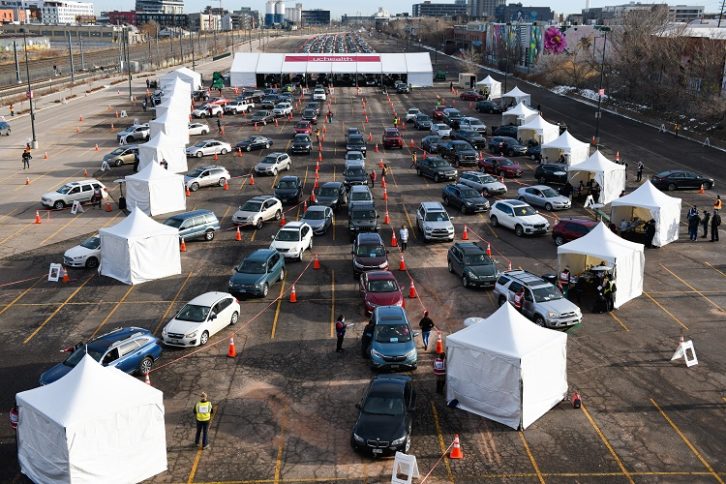
Michigan-based Information Station Specialists provided a rented TIS system. Owner Bill Baker is also a director with the American Association of Information Radio Operators.
ISS provided an EventCAST-PR system that includes a 10 watt AM transmitter, antenna and audio input/management system. It comes in a roll-away equipment case, and can be set up in minutes.
“TIS systems have gone from exclusively transmitting traffic information to being used for all manner of emergency/safety purposes allowed by the Part 90 rules,” Baker said.
“This self-contained station is in high demand with departments of public health and emergency management, because AM radio is still popular with and available to the listening public.”
FCC rules were clarified in 2013 to underline that a TIS signal can be used in emergency situations, with the content under the control of local emergency managers.
The system in Denver provided a range of prerecorded looped information to listeners in English and Spanish on 1630 kHz. The frequency was authorized by the FCC on an emergency temporary license and promoted on the clinic’s LED signs.
“In our loops, we told them to be sure to drive very slowly, and that they had to have an appointment to get a shot: No exceptions,” said Fixler.
“We were allocated exactly 10,000 doses, so if any of those had been given to someone who didn’t have an appointment, someone who did would have gone without.”
The looped broadcasts told patients to wear masks, stay in their cars, have proof of appointments ready and to have their sleeves rolled up. “We wanted to avoid wasting time in the vaccination tents … because these delays could have significantly slowed down the vaccination process,” Fixler said.
“We also told them about the observation areas where experts were trained to watch for and respond to any adverse reactions.”
The fact that UCHealth opted for prerecorded English and Spanish messages posed a problem. Surely English speakers would turn off their radio when the Spanish loop came on, and vice versa.
Baker suggested that they alternate paragraphs in English and Spanish, said Fixler; this ensured that people of both languages stayed tuned for the entire package.
On Jan. 30–31, the broadcasts went to plan.
“The script was very understandable, and the signal coverage on 1630 AM was very clear throughout the Coors Field parking lot. The only thing we don’t know is how many people actually tuned in. We plan to survey them about it the next time we hold this kind of drive-through event.”
The EventCAST system is also being used by SCL Health for walk-in vaccination clinics in Denver; the first was held in February at the National Western Complex. Five thousand people from underserved communities were vaccinated. More clinics were scheduled.
“My background is in state/municipal government, with a lot of experience in emergency management and operations, so I know the value of radio for communicating vital information to people,” said Gregg Moss, SCL Health’s director of public relations and media.
“Radio also helps in constantly reinforcing messages about directions and staying calm: ‘We’re going to take good care of you.’”
The system broadcast looped messages in English and Spanish for 10 hours on Feb. 6. The messages had been recorded by voiceover pros Jeff Laurence and Celina Martinez, who assist Information Station Specialists on special projects.
“We had digital sign boards set up about a quarter mile from the exits where people get off to drive to the National Western Complex, telling them to tune to 1630 AM,” said Moss. “We then had a second set of signs closer to the venue, repeating the same message.”
Because these broadcasts were aimed at patients behind the wheel, “we advised them on which street to turn down and what parking lot to go to,” Moss said. “We also let them know what to expect once they arrived at the complex for their shots and reminded them to book their second vaccination appointments while they were here.”
Based on patient feedback, SCL Health’s TIS station was effective.
“What was funny is that many of the people who tuned in didn’t realize that we were behind the station,” said Moss. “They thought that they were listening to a regular radio station, and that someone was paying to sponsor the broadcast.”
Still relevant
Baker’s company offers licensed fixed and portable stations with a ranges of 3 to 5 miles, per TIS rules, and license-free very-low power AM stations with a range of up to a half mile.
He said are busy days for low-power systems. “We’re challenged to keep up with the demand,” he said. “But it’s been a blessing: We’ve been able to work diligently through the pandemic.”
He said the current interest speaks to the universal nature of radio, and the comfort people feel with it versus text- and web-based systems, especially when they are distracted by illness or worry.
“Radio is tried and true. Everybody knows how to use it, and radio remains a great way for the people who are responsible for mitigating tragedies to speak directly to the people that are affected by them. That’s why AM radio and TIS are still relevant today.”
Listen to a sample of the UCHealth radio messages used at Coors Field:





